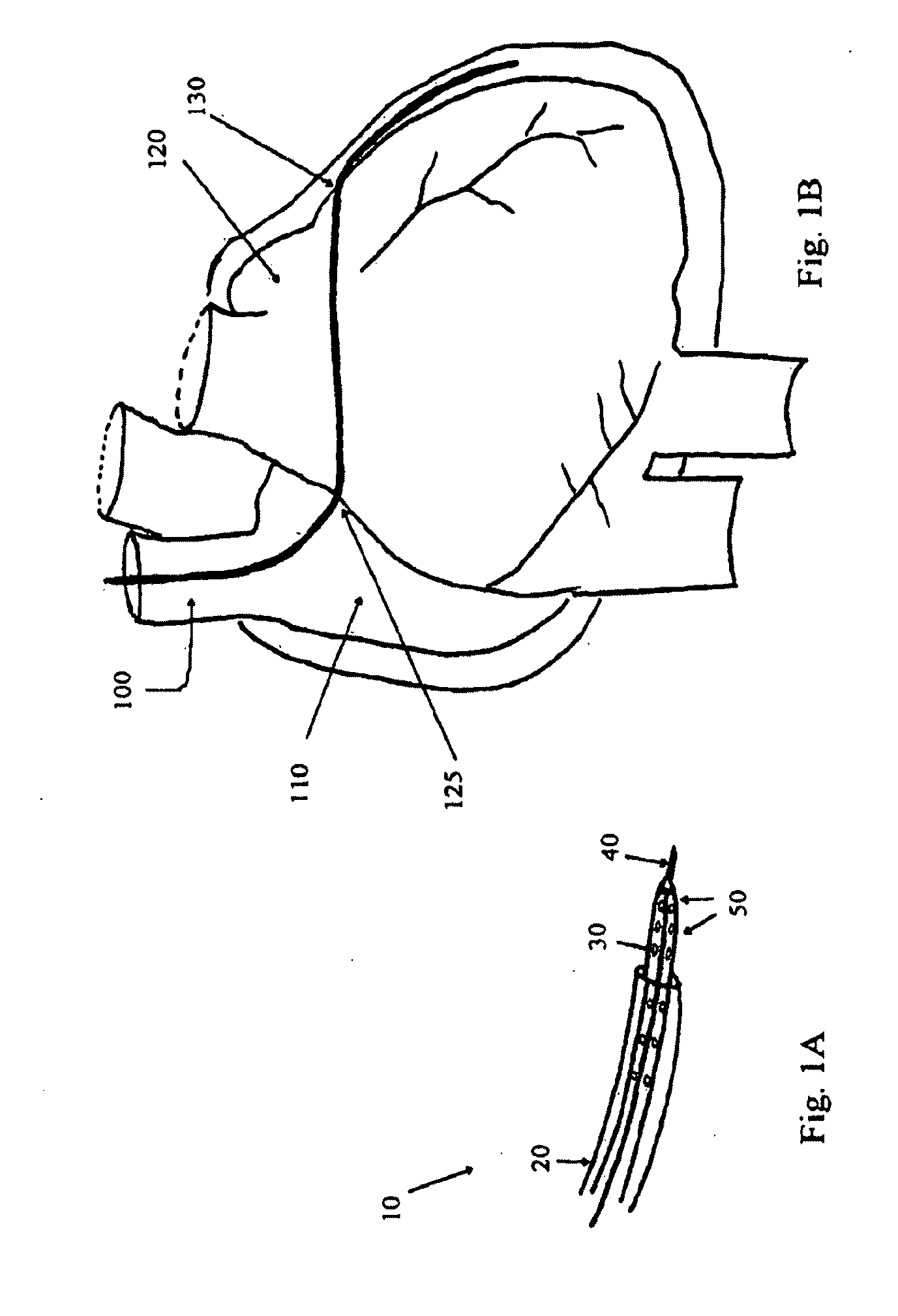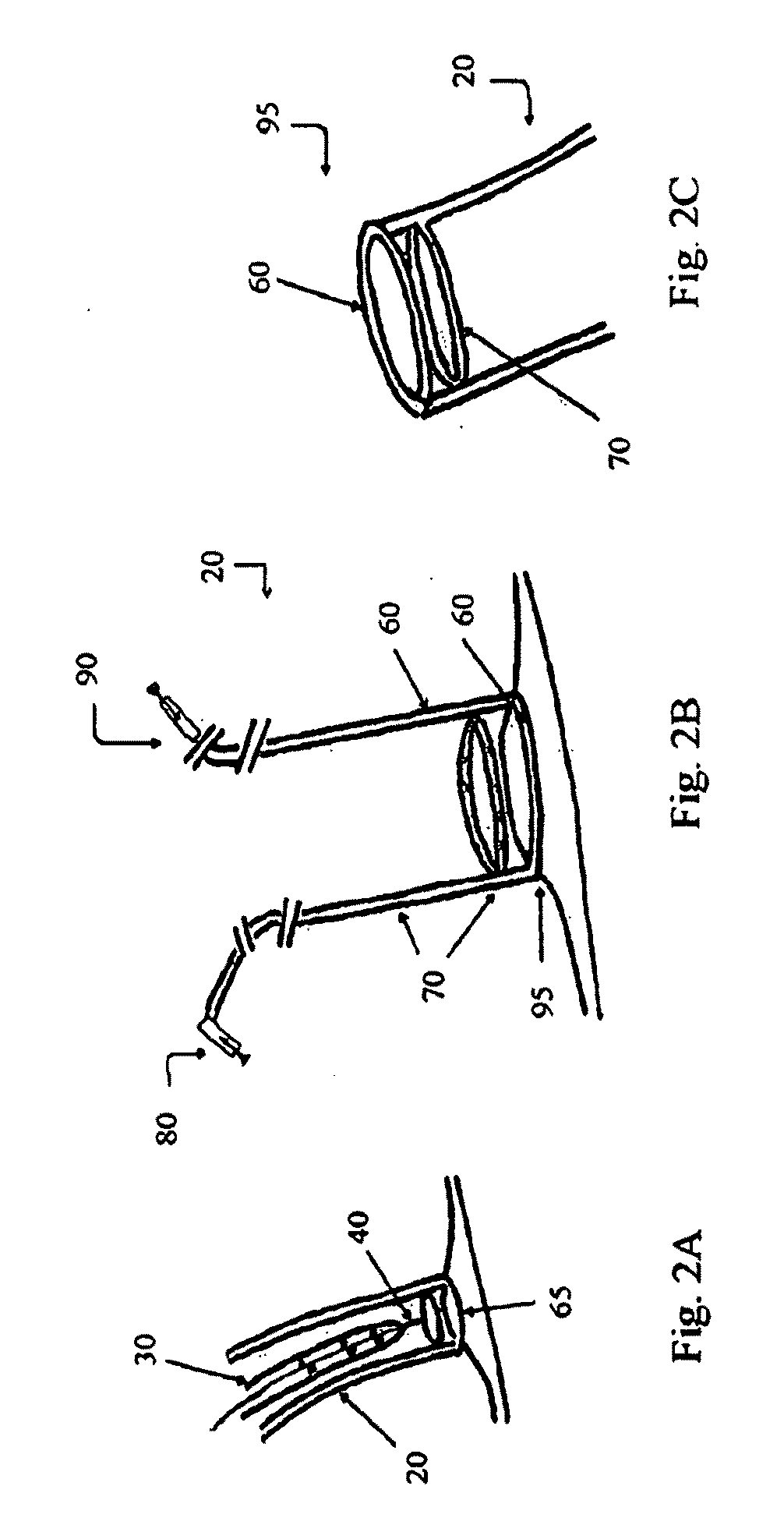Devices, systems, and methods for promotion of infarct healing and reinforcement of border zone
a technology for applied in the field of devices, systems and methods for promoting infarct healing and border zone reinforcement, can solve the problems of inconsistent delivery, significant decrease in the ability of the heart to pump blood, and chronic heart failure, so as to facilitate the introduction of the at least, facilitate the introduction of the, and facilitate the effect of myocardial infarct border zone reinforcemen
- Summary
- Abstract
- Description
- Claims
- Application Information
AI Technical Summary
Benefits of technology
Problems solved by technology
Method used
Image
Examples
example
Preparation of Biologic Patch
[0243]In one example, autologous in vitro-cultured fibroblasts containing magnetic particles are seeded on the affected surface of the heart 2400 using a suction / infusion catheter 2306 as described herein. The magnetized cells may be placed in the infarcted area in order to reinforce the area and to avoid the deleterious effects of wall thickening produced by remodeling after infarction. In one example, the magnetic particles are liposomes formed with a core magnetic vesicle (oxide of Fe ⅔) coated with an amphipathic organic compound (phospholipids and cholesterol), and arginine-glycine-aspartate (RGD) tripeptide coupled with the magnetic liposomes
[0244]Cells are cultured and subcultured to be amplified, and then incubated with the magnetic particles. These particles are endocytozed by cells and may then be delivered in the targeted region of magnetized tissues. This method allows the cells to attach to the targeted area and to stay in place while prolif...
PUM
 Login to View More
Login to View More Abstract
Description
Claims
Application Information
 Login to View More
Login to View More - R&D
- Intellectual Property
- Life Sciences
- Materials
- Tech Scout
- Unparalleled Data Quality
- Higher Quality Content
- 60% Fewer Hallucinations
Browse by: Latest US Patents, China's latest patents, Technical Efficacy Thesaurus, Application Domain, Technology Topic, Popular Technical Reports.
© 2025 PatSnap. All rights reserved.Legal|Privacy policy|Modern Slavery Act Transparency Statement|Sitemap|About US| Contact US: help@patsnap.com



